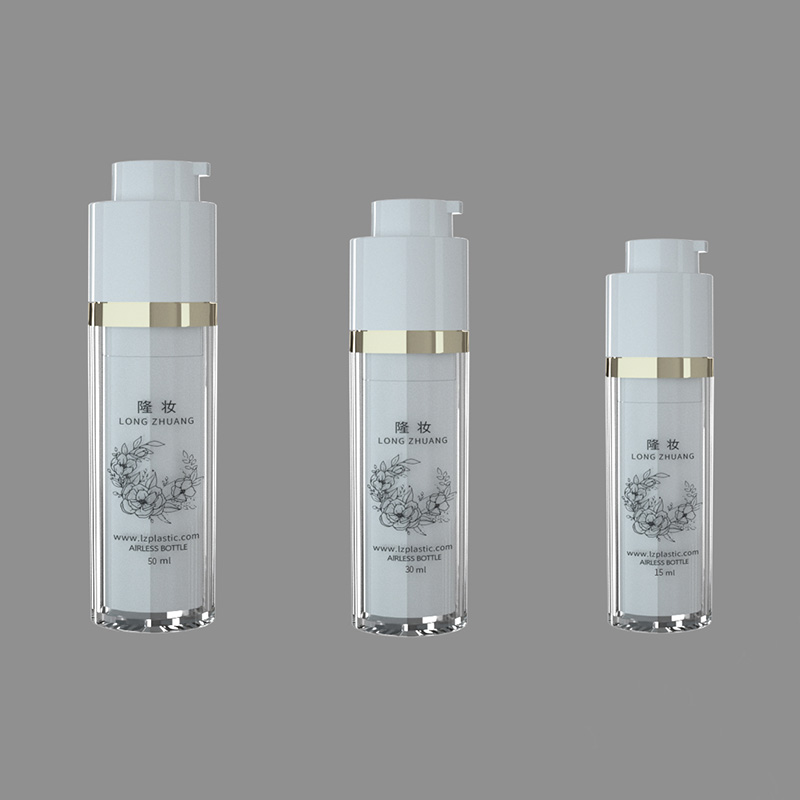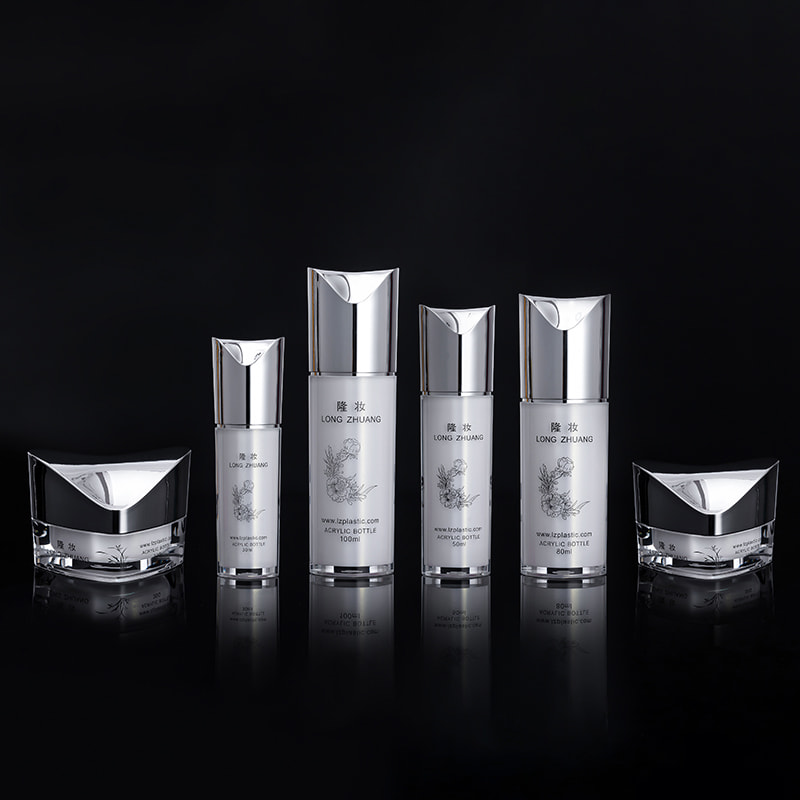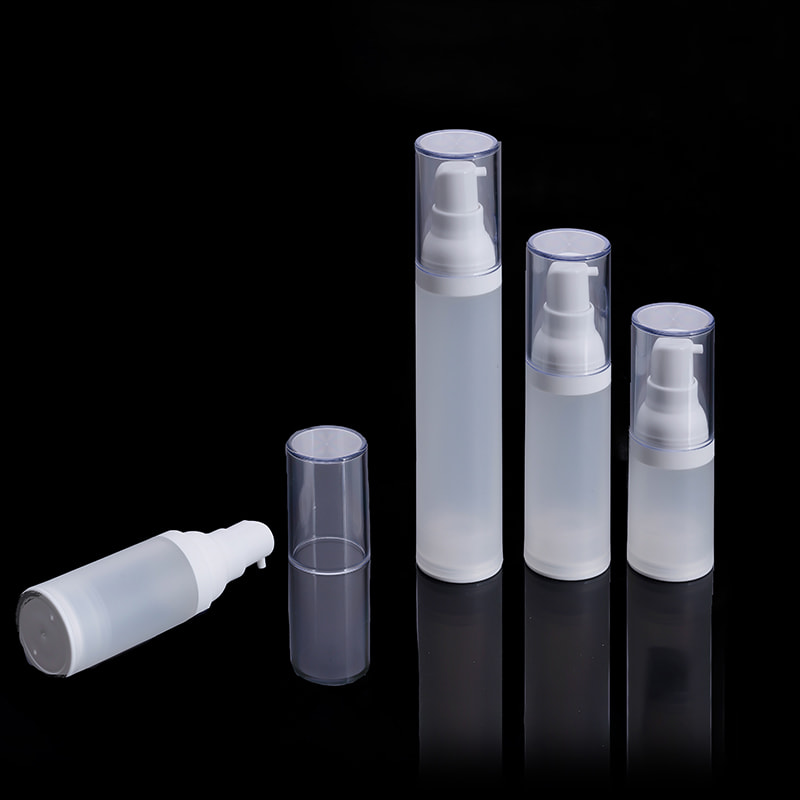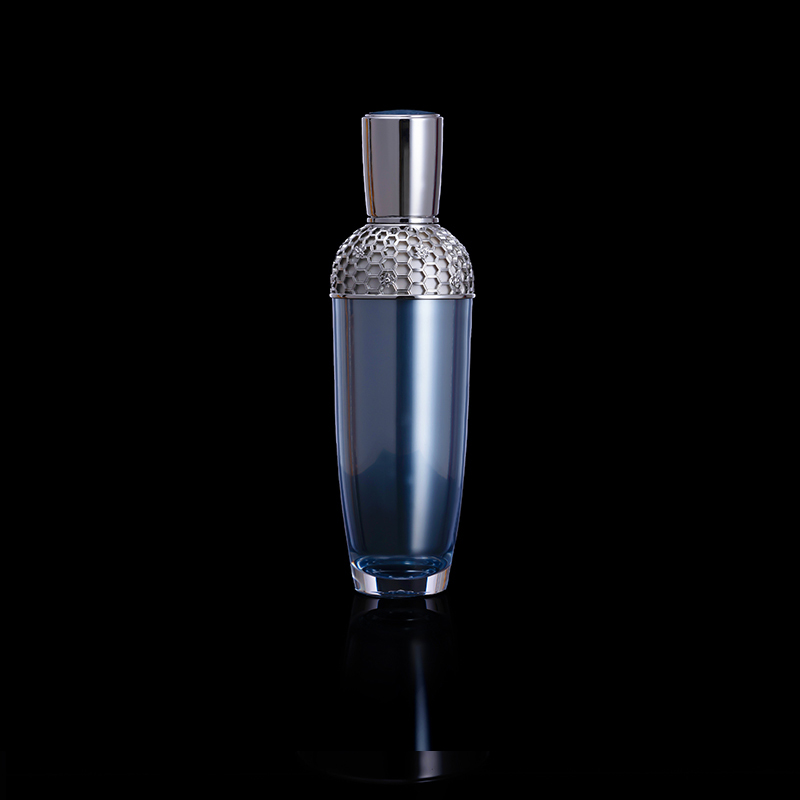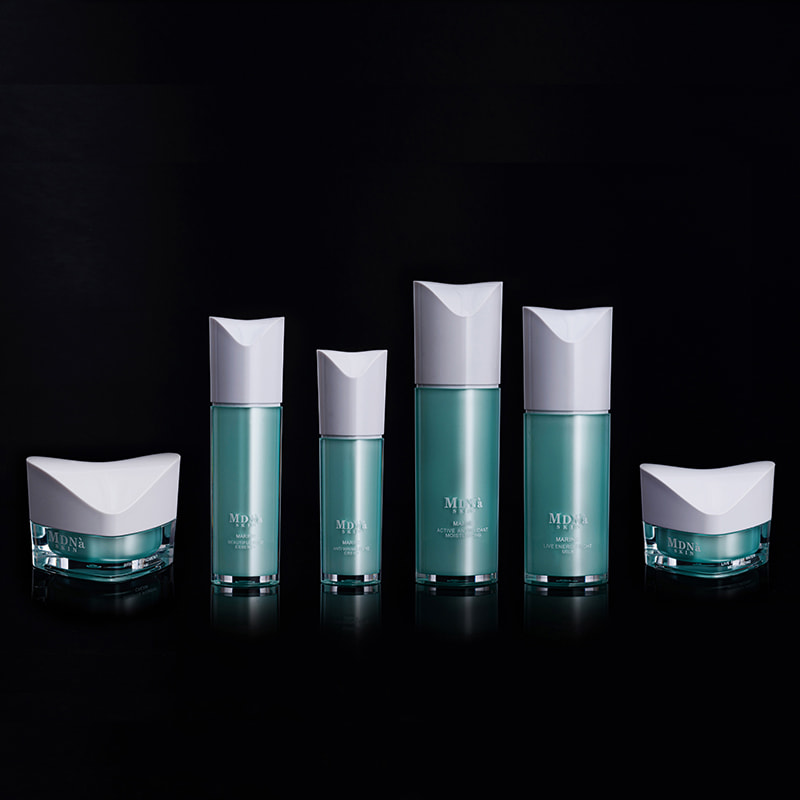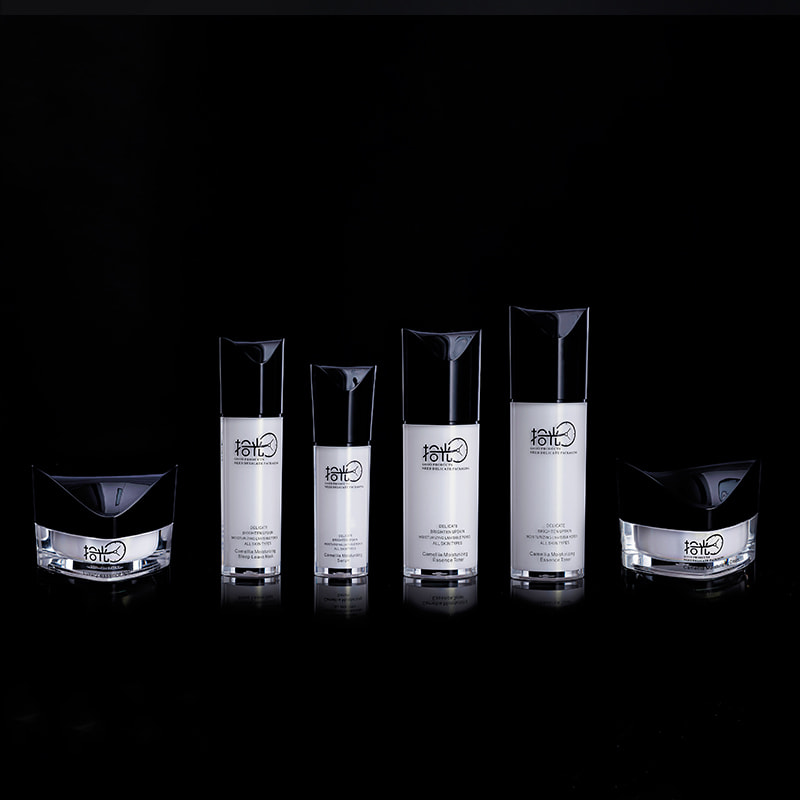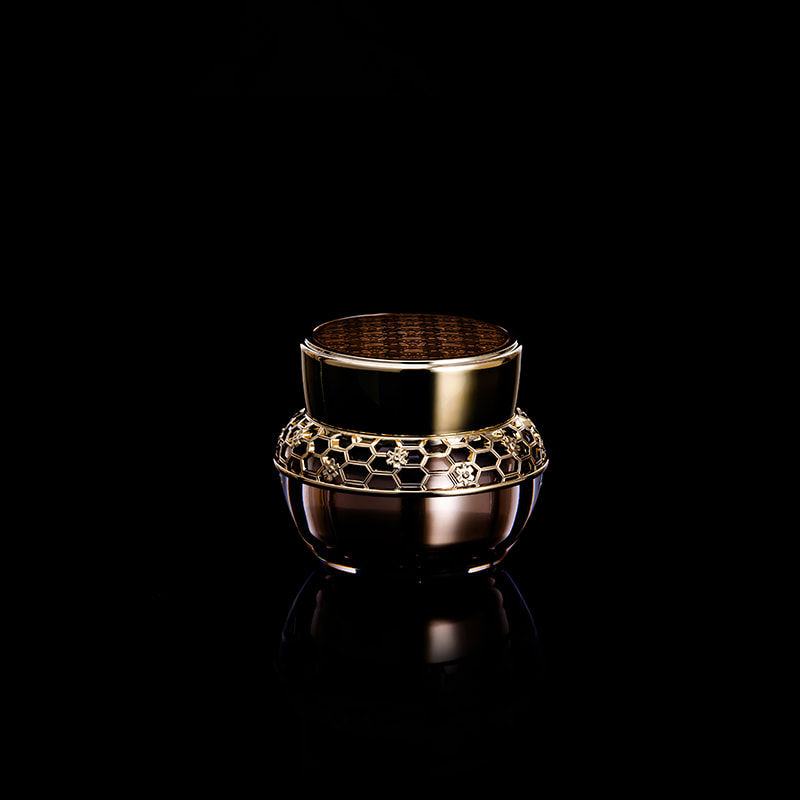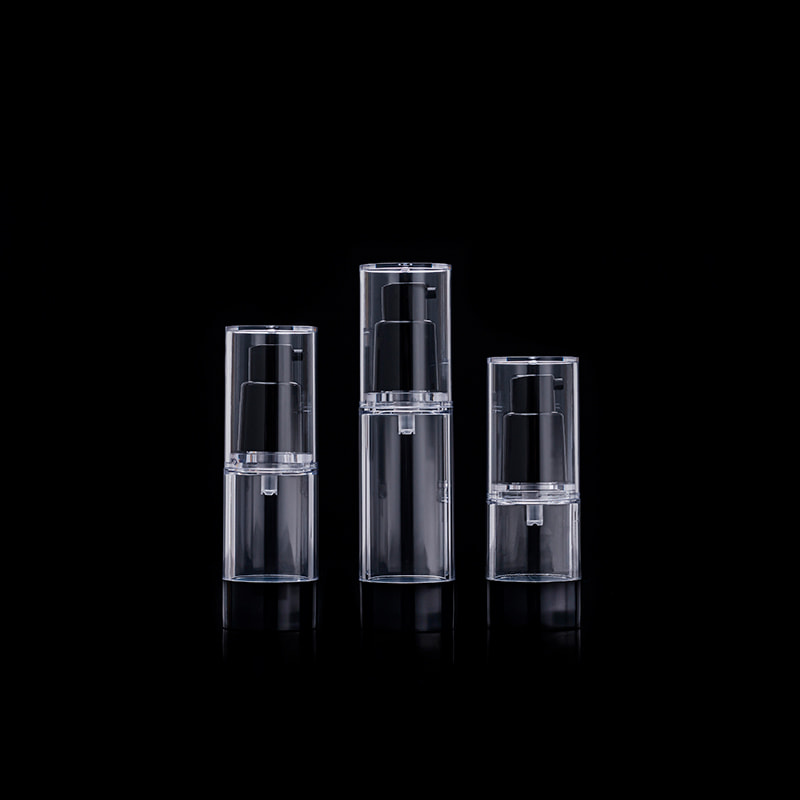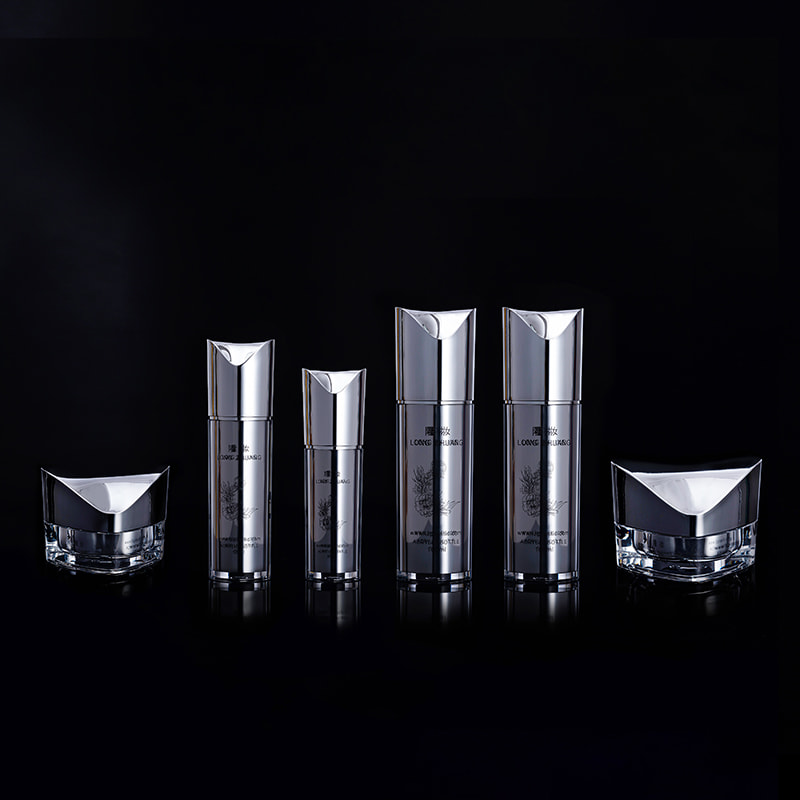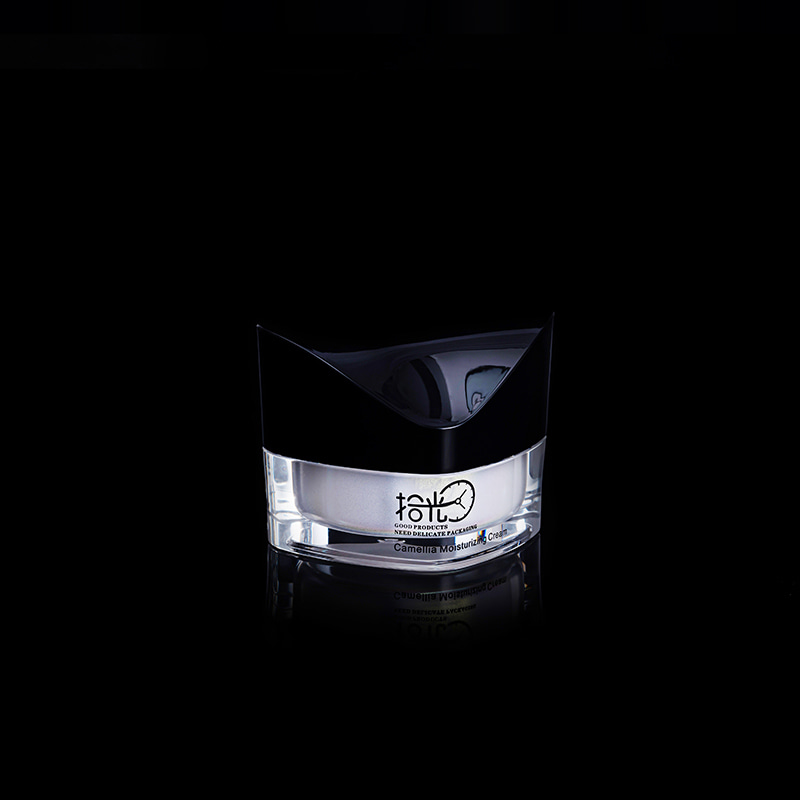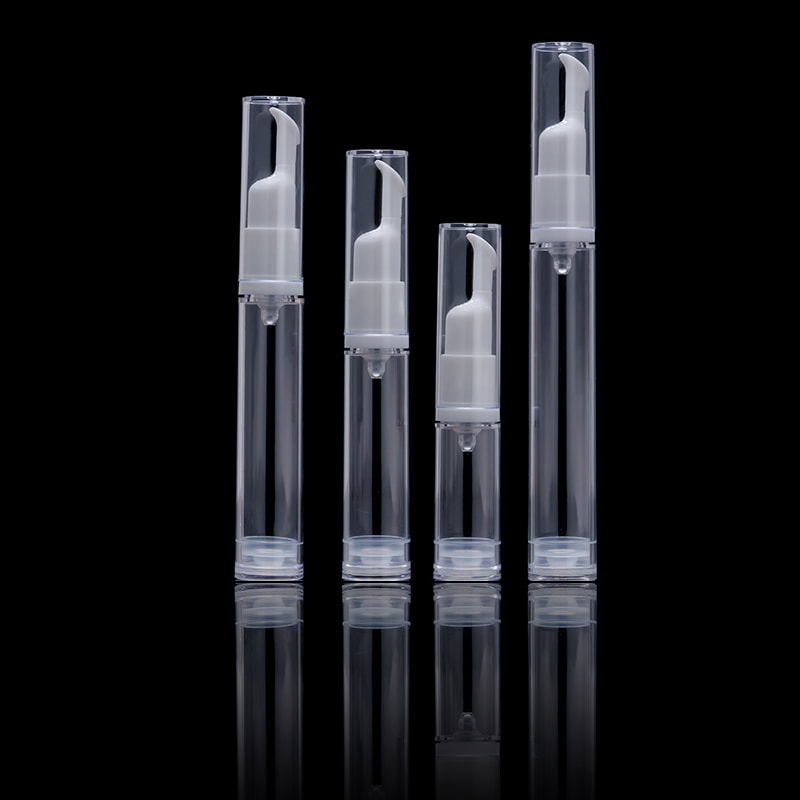The Benefits of Using a Long Nozzle Pump
Diaphragm pumps Diaphragm pumps are a good choice for a […]
Diaphragm pumps
Diaphragm pumps are a good choice for a variety of high-pressure spray applications. They can be used in skid sprayers, truck bed spraying systems, and individually designed spray systems. They deliver a high output of pressure and are compatible with most pesticides and chemical solutions.
Centrifugal pumps
There are several benefits to using a Long Nozzle Centrifugal pump. These pumps can operate at higher speeds and reduce energy costs. The optimal speed for this type of pump is at or near the "Best Efficiency Point" (BEP). This is the point at which efficiency is greatest and maximizes energy efficiency, seal life, and bearing life.
Piston pumps
Piston pumps are a type of positive displacement pump. They can handle a variety of chemical compounds and have a long service life. These pumps can be used for a variety of applications, including spray applications, irrigation, and injection. They can provide high pressure and a consistent nozzle output. These pumps are commonly used for fertilizers, insecticides, and crop protection. They are self-priming and are available in a variety of sizes and pressures.
Electric solenoid valves
Electric solenoid valves for long hose pumps have two main functions. The first is to control the level of vacuum in the pump, and the second is to control the flow through the pump. During the latter function, the valve closes by depressing the valve and releasing the liquid back into the circuit.
Extended range nozzles
Extended range nozzles are available for various applications. Selecting the right nozzle depends on several factors, including the type of application, the size of the nozzle, and pump unit pressure. You should also consider water savings and regulatory requirements.
Spray discharge charts
A spray discharge chart can be very helpful when selecting a nozzle. It gives you a quick way to find out how much chemical the nozzle is delivering to the field. In most cases, the chart will show the spray rate of a specific chemical applied to a broad area. Then, you can reverse the columns to find the rate per treated area.
Chemical application rates
One of the biggest problems pesticide applicators face is drift. This is where chemicals go outside of the area intended for application, reducing their effectiveness and costing the company money. There are two main ways drift occurs.
